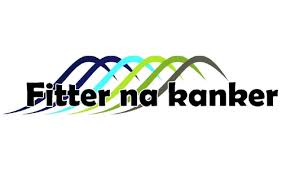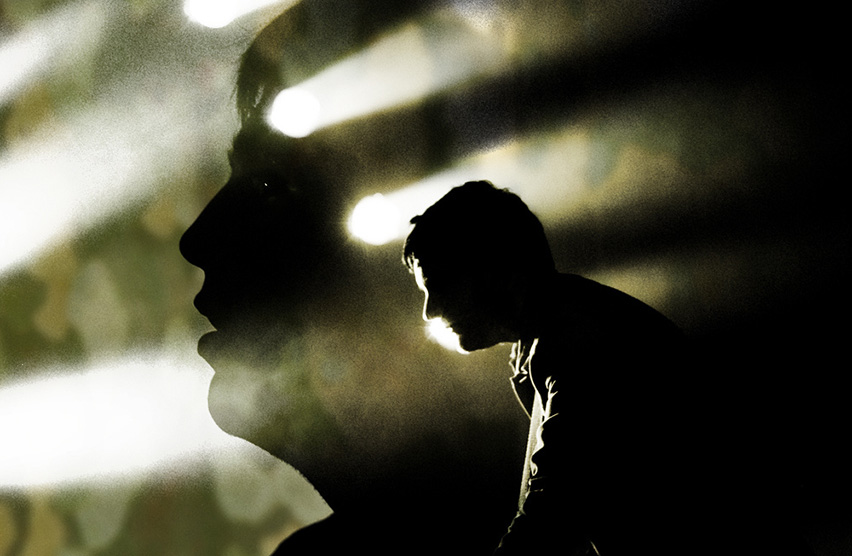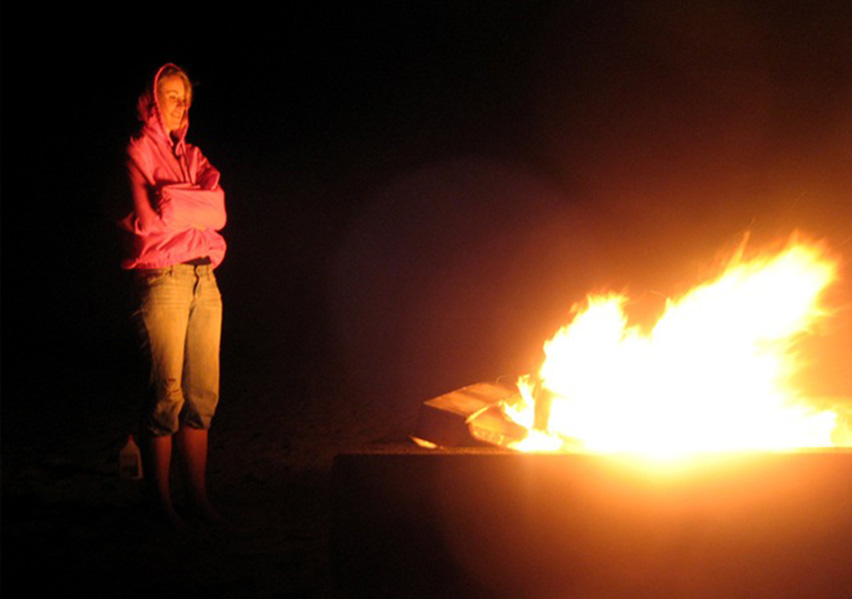Introducing the Fling – An Innovative Serious Game to Train Behavioral Control in Adolescents: Protocol of a Randomized Controlled Trial
Behavioral control weaknesses are a strong predictor of problematic behaviors in adolescents, such as heavy alcohol use. Heavy alcohol use at this young age can lead to health and school-related problems and is a severe societal problem.
Effectiveness, Mediators, and Effect Predictors of Internet Interventions for Chronic Cancer-Related Fatigue
This paper describes the design and analysis plan that will be used to study 2 Internet interventions aimed at reducing severe fatigue in cancer survivors: a mobile ambulant activity feedback therapy supported through a weekly email by a physiotherapist and a weekly Web- and mindfulness-based cognitive therapy supported online by a psychologist.
Latent Growth Mixture Models to estimate PTSD trajectories
Statistical models to estimate individual change over time and to investigate the existence of latent trajectories, where individuals belong to trajectories that are unobserved (latent), are becoming ever more popular.
The effectiveness of a proactive coping intervention targeting self-management in diabetes patients
The study’s aim was to investigate psychological, behavioral and medical long-term outcomes of an existing self-management intervention targeting the development of proactive coping skills (e.g. goal setting and identifying barriers) in type 2 diabetes patients.
Internet-Based Early Intervention to Prevent Posttraumatic Stress Disorder in Injury Patients: Randomized Controlled Trial
Posttraumatic stress disorder (PTSD) develops in 10-20% of injury patients. We developed a novel, self-guided Internet-based intervention (called Trauma TIPS) based on techniques from cognitive behavioral therapy (CBT) to prevent the onset of PTSD symptoms.
Impact of pediatric burn camps on participants’ self esteem and body image: An empirical study
Quantitative as well as qualitative measures was used. To study possible effects, a pretest–posttest comparison group design with a follow-up was employed. Self-report questionnaires were used to measure self esteem and body image in a burn camp group (n = 83, 8–18 years) and in a comparison group of children with burns who did not attend a burn camp during the course of the study (n = 90, 8–18 years).







